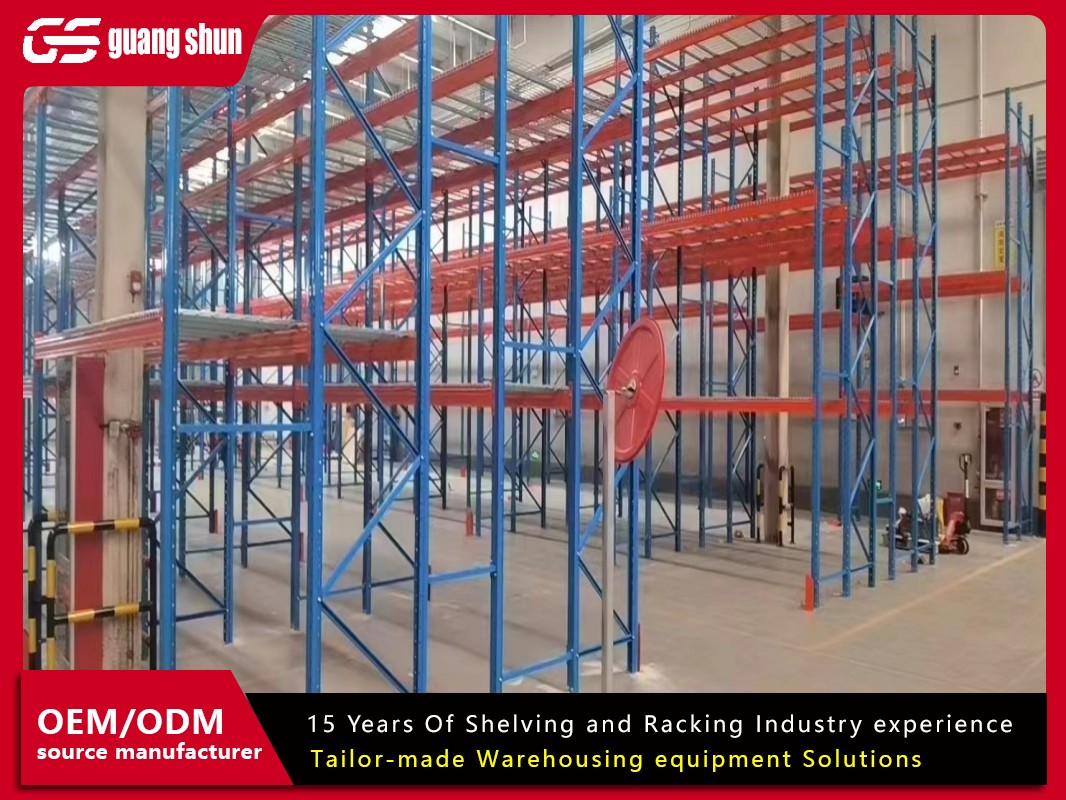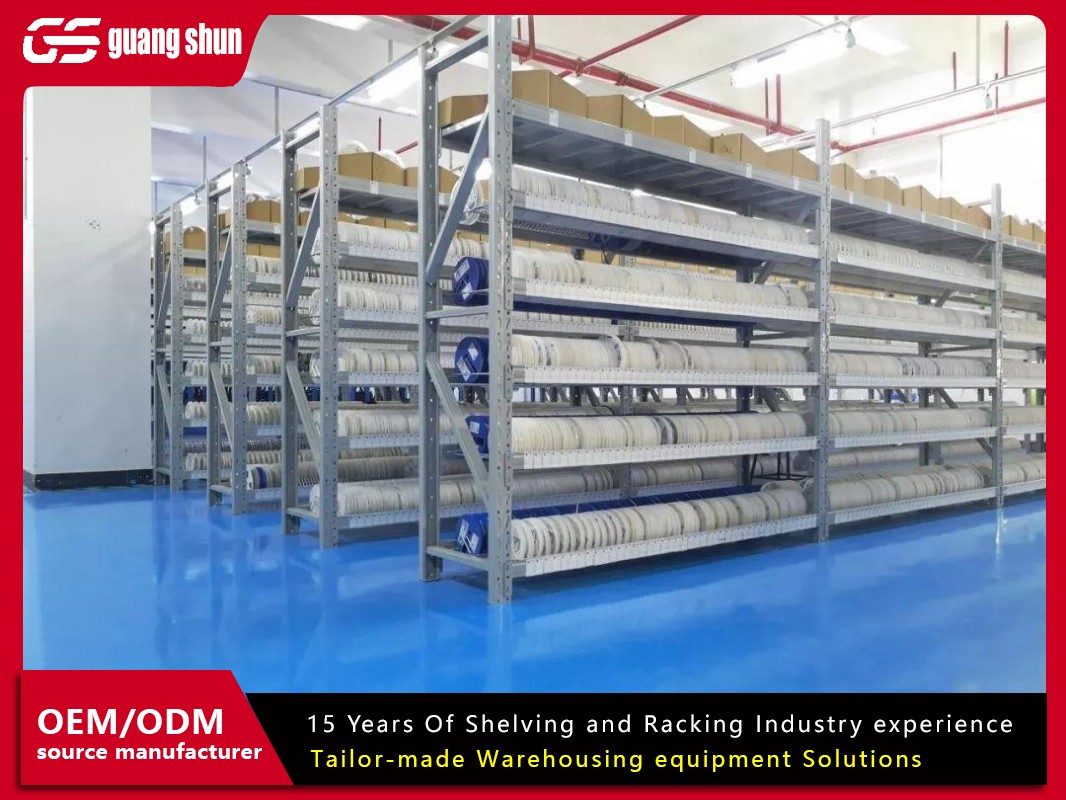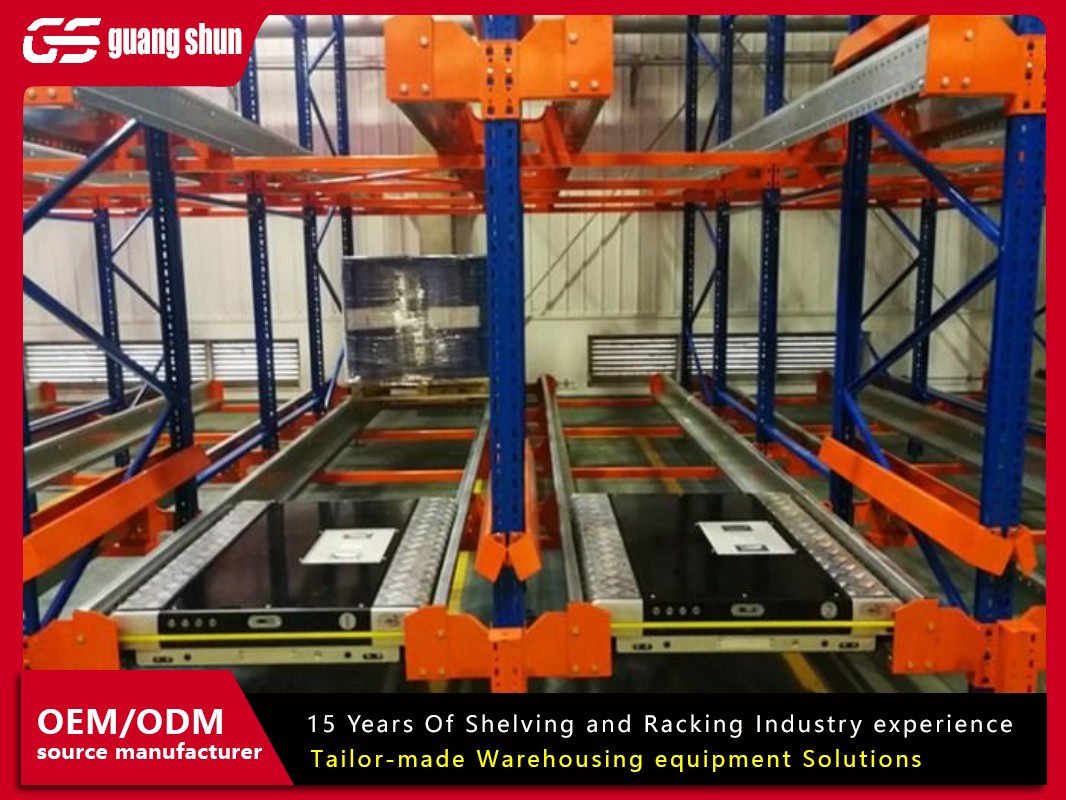If you're running a warehouse or distribution center, you know every square foot counts. The battle between storage density and accessibility never ends - which is exactly why savvy operations managers keep asking: "Should we go with double-deep-pallet-racking or stick with single deep?" Let’s cut through the noise and break down why the double-deep setup consistently comes out on top.
1. Storage Density: Packing More Punch Per Square Foot
Let’s start with the obvious - double-deep-pallet-racking literally doubles your storage capacity compared to single-deep systems. By placing two pallets back-to-back in each row instead of one, you’re squeezing 80-100% more inventory into the same footprint.
Think of it like Tetris for warehouses. That 40,000 sq ft building? With double-deep-pallet-racking, it suddenly behaves like a 60,000 sq ft facility without the construction permits or property taxes. For growing businesses in pricey industrial markets like Southern California or New Jersey, this isn’t just convenient - it’s survival.
Single deep systems leave wasted "air space" between aisles that add up fast. Double-deep configurations shrink those gaps while maintaining safe forklift operation widths. It’s like upgrading from economy to business class without buying a bigger plane.
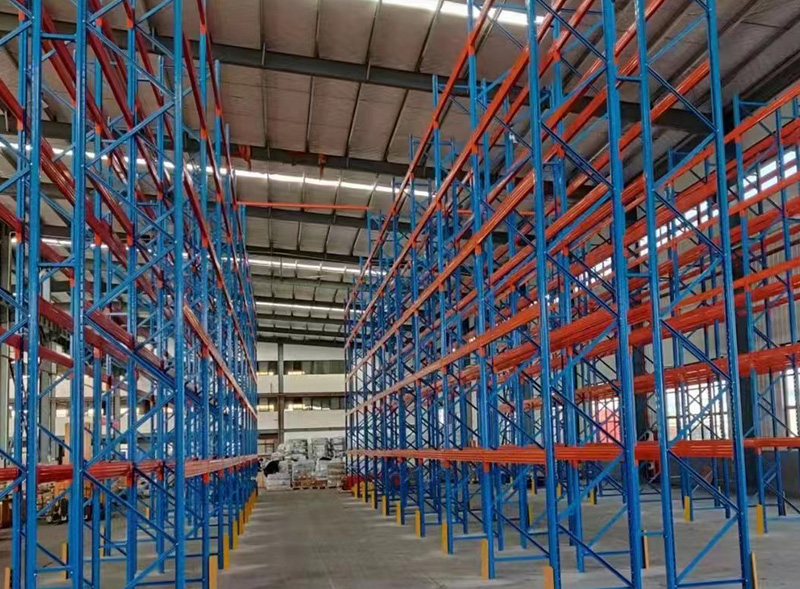
2. Cost Efficiency That Actually Makes Sense
Here’s where math nerds get excited. While double-deep-pallet-racking requires slightly more upfront investment (we’re talking 15-20% higher than single deep), the ROI timeline will have your CFO doing cartwheels:
- 30-50% reduction in per-pallet storage costs
- 60% fewer aisles = lower lighting/HVAC bills
- Delayed need for facility expansions
A real-world example: Midwest Auto Parts switched to double-deep-pallet-racking last year and reduced their seasonal storage rental fees by $18,000/month. That’s real money staying in the business instead of padding some storage landlord’s pockets.
3. The Space-Saving Secret: Aisle Width Optimization
Single deep systems need wide aisles for forklifts to maneuver - typically 10-13 feet. Double-deep-pallet-racking works comfortably in 8-9 foot aisles when paired with specialized narrow-aisle (NA) trucks.
Let’s do quick math:
- 12 traditional aisles vs. 8 double-deep aisles
- Each eliminated aisle reclaims 120-150 sq ft
- Multiply that across a large facility and you’ve essentially discovered free real estate
This isn’t theoretical. Amazon’s latest gen fulfillment centers use double-deep-pallet-racking configurations to store 23% more products than their previous single-deep facilities. If it works for the big dogs, it’ll work for your operation.
4. Inventory Strategy: Not All SKUs Are Created Equal
"Wait," you say, "doesn’t double-deep-pallet-racking make some items harder to access?" Absolutely - and that’s where smart inventory management comes in.
The golden rule:
- Fast-moving SKUs = single-deep front positions
- Slow movers/overstock = double-deep back positions
Most warehouses find 60-70% of their inventory qualifies for double-deep storage. Combine this with a solid WMS (Warehouse Management System), and you’ve got the best of both worlds - dense storage without killing your pick rates.
5. Safety & Accessibility: Debunking the Myths
Critics of double-deep-pallet-racking love to harp on two points:
- "It’s less safe!"
- "You’ll waste time digging for pallets!"
Let’s set the record straight:
- Modern double-deep systems use guide rails and backstops that actually improve load stability
- RFID tags and digital mapping eliminate "lost pallet" scenarios
- Proper training reduces mishaps better than any rack design
The National Safety Council reports warehouses using double-deep-pallet-racking see 12% fewer aisle-related incidents compared to single-deep setups. Why? Fewer aisles mean less cross-traffic and more predictable forklift patterns.
6. Future-Proofing Your Operation
Here’s what most people miss: double-deep-pallet-racking isn’t just about today’s needs. It’s an investment in scalability.
When your sales jump 30% next year (because you’re awesome), you’ve got three options:
- Panic-rent temporary storage
- Build an expensive addition
- Utilize your existing double-deep buffer capacity
We’ve seen clients handle 40% growth spurts without changing their racking systems. That’s the power of built-in scalability.
7. The Cold Hard Truth About Single Deep
Let’s be fair - single deep racking isn’t useless. It’s perfect for:
- Small operations with under 500 SKUs
- Facilities handling exclusively fast-turnover goods
- Operations using standard forklifts without NA capabilities
But for everyone else? You’re essentially driving a gas-guzzling SUV when a hybrid truck exists. Single deep systems waste space that could be generating revenue. In today’s 3PL market where clients demand razor-thin margins, that’s a luxury few can afford.
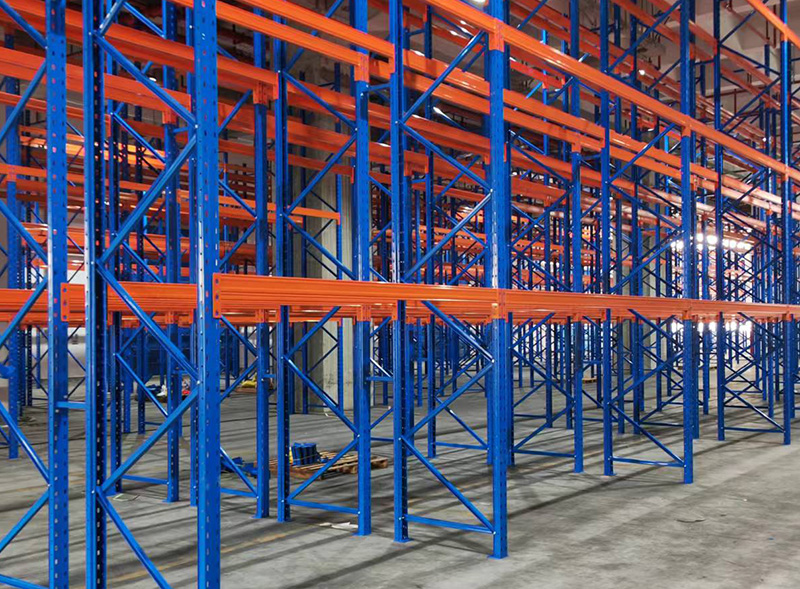
Making the Switch: What You Need to Know
Ready to jump into double-deep-pallet-racking? Here’s your cheat sheet:
- Equipment Check: You’ll need reach trucks or narrow-aisle forklifts
- Layout Planning: Work with engineers - don’t wing it!
- Staff Training: Budget 10-15 hours per employee
- Phased Rollout: Convert sections gradually to avoid operational hiccups
Pro tip: Many suppliers offer free facility audits. Take advantage - you might discover hidden capacity you never knew existed.
The Verdict: Density Wins Every Time
At the end of the day, double-deep-pallet-racking isn’t just better - it’s smarter. In an era where warehouse space costs $8.50/sq ft (and rising) in major markets, maximizing vertical density isn’t optional. It’s business-critical.
Single deep racking had its moment, but the numbers don’t lie. Whether you’re storing auto parts in Detroit or organic snacks in Boulder, double-deep-pallet-racking delivers the storage muscle modern operations need without the expansion headaches.



